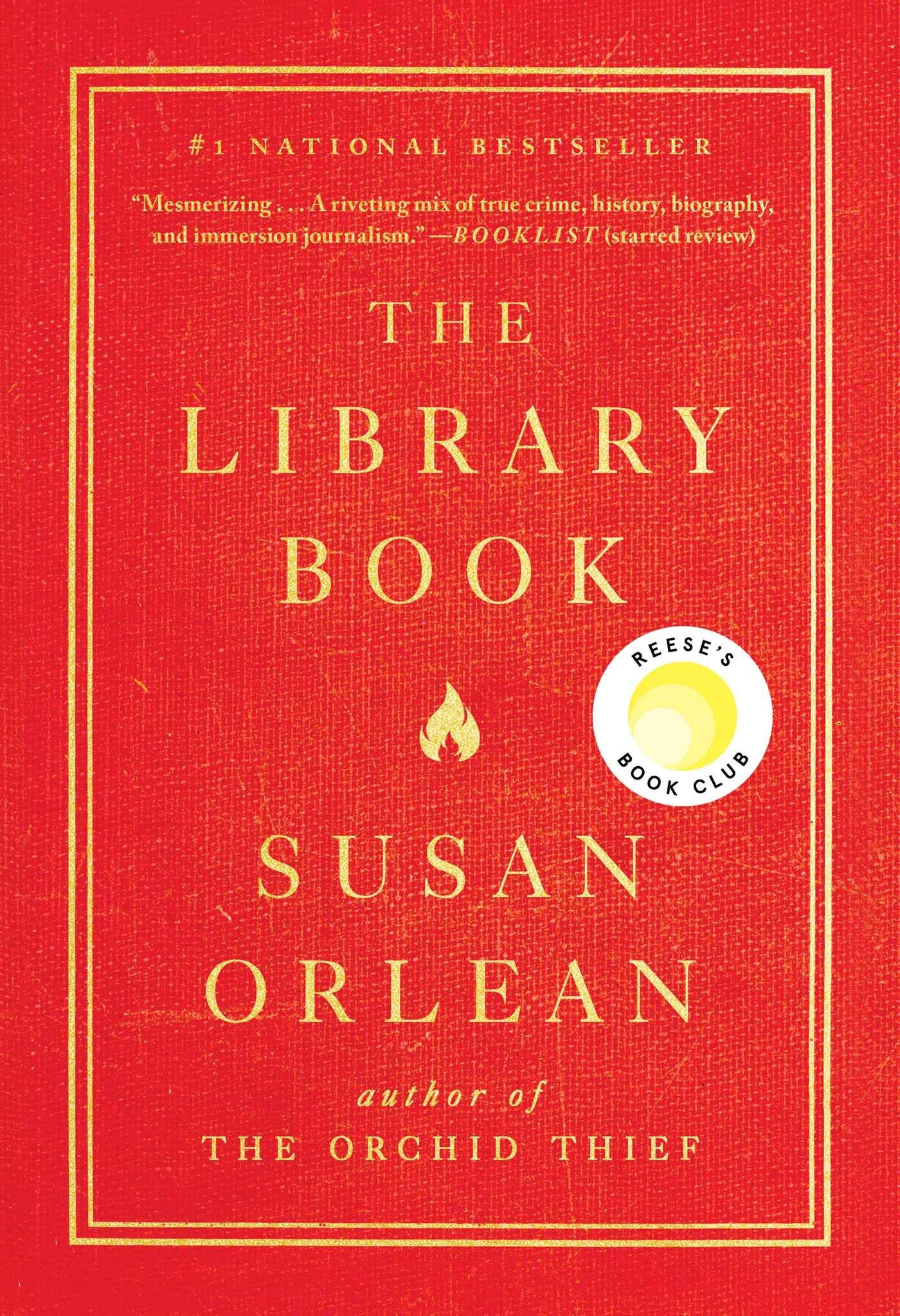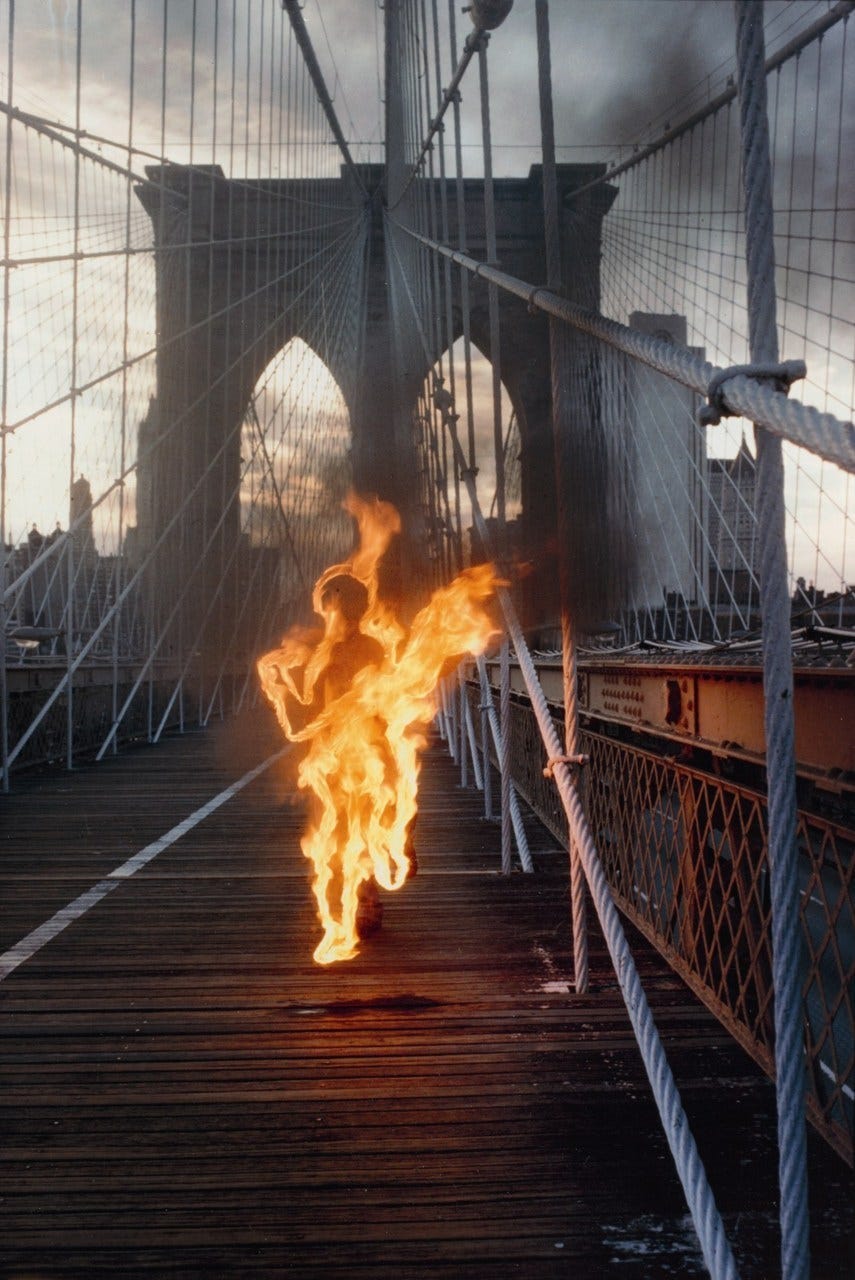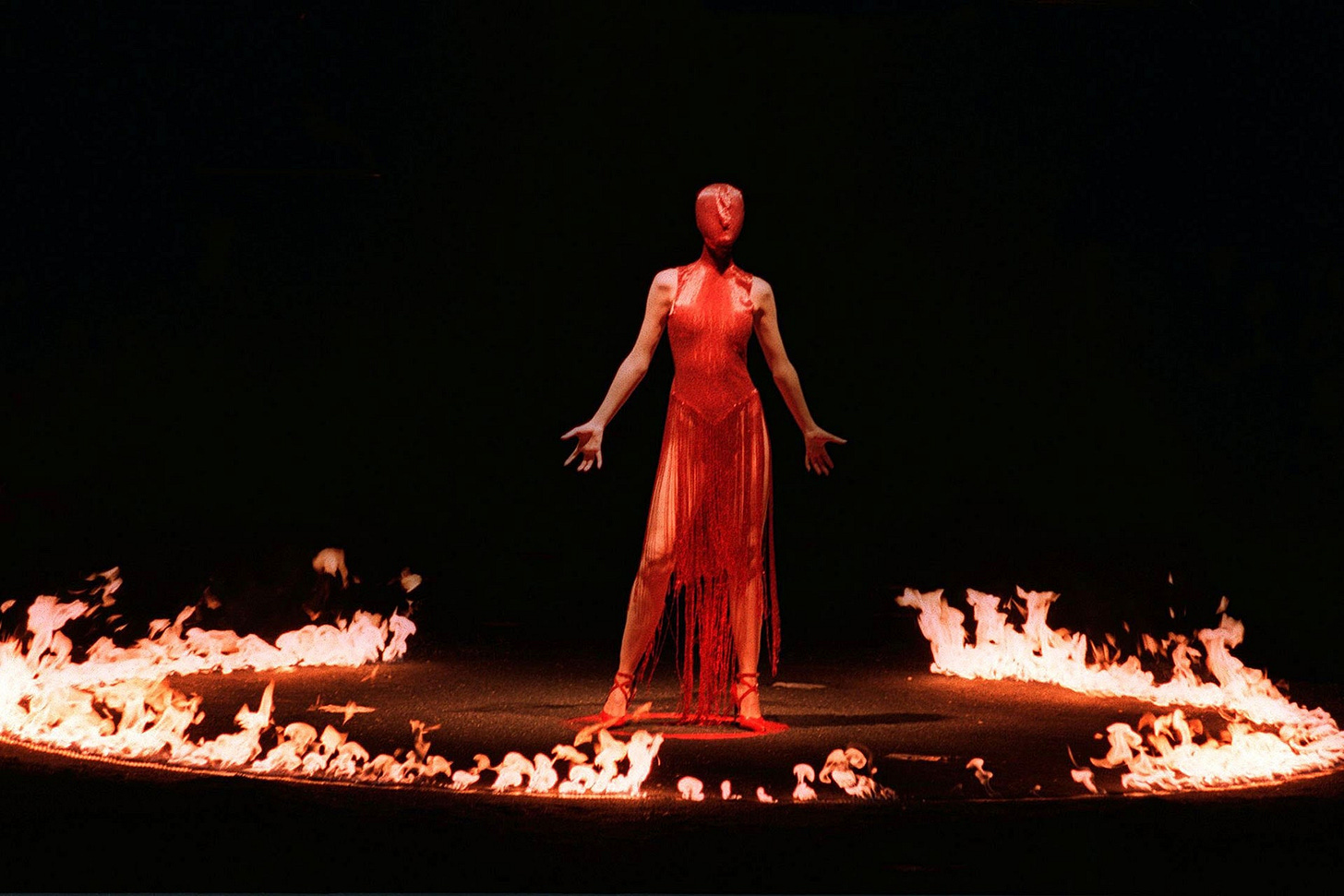034. Flammable Reliquary
You’ve either seen the footage or experienced it firsthand: patches of ocean set ablaze near oil rigs, heatwaves melting infrastructure, sea creatures boiled alive, entire towns obliterated to ash...
Hello friends,
You’ve either seen the footage or experienced it firsthand: patches of ocean set ablaze near oil rigs, heatwaves melting infrastructure, sea creatures boiled alive, entire towns obliterated to ash. We describe our strongest emotions through the language of fire—burning with rage, feeling hot and heavy, cheeks flushed with excitement or shame, the painful tingles of summer sun on your skin. That sensation of warmth can as cathartic as it is destructive.
When I reviewed my old outline for this newsletter, I came across a note about Zozobra. Started in 1924, this ritualistic burning of a 50-foot tall marionette effigy began with a desire to let go of bad feelings. Now in its 97th year, participants can bring their grievances and worries to blaze at Zozobra’s feet. Past offerings have included divorce papers, tickets, report cards, and wedding dresses. Given the relentless chaos of this year, it’s safe to say there’s a lot more fodder for the flames.
I hope you enjoy this tinderbox of a letter, with its crackling stories of control, fury, and power. Try not to get any smoke in your eyes.
TOUCH
Susan Orlean’s The Library Book was gifted to me not once, but twice, during my time working in a sketchbook library. I, embarrassingly, knew nothing about devastating fire that ripped through the Los Angeles Central Library back in 1986, the largest of its kind in United States history. Orlean tackles the long-standing theory that the Central Library Fire was an act of arson with her usual knack for peculiar little details, documenting the Central Library’s modern-day patrons and staff and the historic cast of characters that shaped LAPL along the way. As one of Orlean’s guides notes in a tour among the bookshelves: “You can still smell the smoke in some of them.” A true crime mystery embedded in the splendor of public libraries, I couldn’t put it down.
Back in 2018, I got to see Catherine Opie’s film and photography project, “The Modernist,” at Lehmann Maupin. We follow Opie’s fictional arsonist as he stalks through some of California’s most isolated, luxurious neighborhoods, armed with a gas canister and a sinister appreciation for modernist architecture. Although no houses were harmed in the making of these photographs, “The Modernist” is a historic preservationist’s worst nightmare and an unexpected love letter to this post-war architectural style. These images deliciously teetering between the Opie’s reverent appreciation for these structures and the arsonist’s hunger for satisfaction through destruction. I highly recommend listening to this episode of the Modern Art Notes podcast, where Opie discusses the process behind these works.
LOOK
I’m not sure what it is about Vija Celmins’s 1964 painting, Heater, but every time I look at this painting, I feel an eerie combination of comfort and loneliness. It’s a lot like the ache in your chest you’ll get as you watch a light turn on in a house with the curtains drawn. Even now, as I sit in my room cooled by air conditioning, I can’t help but want to reach into the canvas and give it a hug, a silly craving for its gentle radiating heat. I love how Celmins leaves the rest of the composition completely devoid of a human body to keep warm, only fascinated by this little machine’s automated beauty.
Activated by fire, Paolo Buggiani’s sculptures and performances were jarring additions to the guerrilla street art movements of New York City in the 1960s. These works, constructed from metal and set ablaze, were not only playful interactions with the city’s citizens and its bustling streets (like the outline of a Wall Street businessman or a burning car photographed near Brooklyn Bridge), but deeply concerned with what Buggiani dubbed “urban mythology.” Two legends, in particular, stand out in Buggiani’s body of work: Icarus, a kite-like, flying (or rollerskating) shape suspended in mid-air, or the Minotaur, a monstrous wearable metal suit oftentimes wielding torches like weapons. One of my personal favorites is “Minotaur, Brooklyn Bridge, NYC, 1980” (pictured above). The explosive power of the photo’s running figure feels unexpectedly ephemeral, delicate, like the plumes of smoke evaporating into the air. Somewhere in the danger of making these pieces is a beautiful alchemy.
LISTEN
With the specter of wildfire season looming over the West Coast, I think it’s worth revisiting Shortwave’s episode about Indigenous practices of controlled burns throughout California. Prohibited after Western settlers colonized the area, these cultural burns were once vital to land management by clearing out dry underbrush before it could ignite. While policies like the U.S. Forest Service’s “10 A.M” strategy (putting out every fire they found by the next morning) appeared to help through extreme fire suppression, this lack of regular burning only added to excesses of highly-flammable debris and vegetation. If you want to learn more about fire-fighting and forest management, I recommend checking out BobbieOnFire’s archive of recorded stories from her career as a firefighter and KQED’s report on California’s incarcerated firefighters, how they get paid very little to work a job they are unable to qualify for after they finish their sentences.
One of my favorite anecdotes about a song has got to be Laurent Garnier’s “The Man With The Red Face.” A pioneering techno DJ, Garnier decided to experiment with the improvisational nature of jazz by inviting Philippe Nadaud to record a saxophone solo. Garnier described the inflammatory creation of this tune: “We were in the studio and we put a pair of headphones on his head so we could speak to him while he was playing. He was playing and we were going ‘nah, this is shit, this is really shit’. But it wasn’t actually shit. No no, it was great, I just really wanted to piss him off…We did it for about 20 minutes, the poor guy just couldn’t breathe, he was bright red, with a sweaty face, the mouthpiece seemed to be stuck between his lips, while we continued: ‘This is fucking shit, go harder, go harder’… and this is why the track goes nuts.”
LICK
I can’t talk about fire without a nod to Alexander McQueen’s 1998 Fall Ready-To-Wear collection, Joan. A sizzling cocktail of satin, metal, mesh, the show builds in warmth from sooty blacks and grays to tones of blood, with models donning bright red colored contacts that give their eyes a witchy glow. Then there is the grand finale: Joan, herself, standing in a ring of fire, illuminated by the glow of her martyr’s fate.
Peggy Ahwesh’s 2007 short film, Warm Objects, captures the artist’s collaboration with MIRTHE (Mid-InfraRed Technologies for Health and the Environment), an engineering research center that develops heat sensory imaging technology. Ahwesh’s video is a reflection in the Iraq War’s political climate of anxiety and paranoia. By turning MIRTHE’s infrared photography tools onto scenes of everyday city life, these heat maps create new lens through which we perceive our world. Ahwesh’s use of this technology is an unsettling reminder of America’s growing strategies of surveillance.
Lizzie Borden’s 1983 film, Born in Flames, has been on my mind lately. The movie takes the form of a fictional documentary, set in an alternative dystopia America that doesn’t feel very far from our present moment. Following two feminist pirate radio stations, this film reckons with women’s labor, police brutality, gender inequality in the American labor force, and community organizing to build solidarity in political revolution. Born in Flames is essential viewing, bringing together many overlapping threads of feminist issues and activism from the time along the lines of race, sexual orientation, and class that continue to dominate today’s political debates.
CLICK
The first time I heard torrin a. greathouse read their poem "Burning Haibun" for Poetry Off The Shelf, I was left absolutely gutted. As gut-wrenchingly gorgeous it is to listen to greathouse’s measured tone and punctuations, nothing will prepare you for this piece’s written form. The striking juxtaposition of the first block of text and the second passage blacked out reads like a fire and what’s left of its splintered ashes. A reminder that there is nothing more explosive than moments of intimacy. greathouse writes, “once, my mother accused me of throwing alcohol & gasoline on my emotions.”
If you’ve ever been fascinated by darker, dangerous elements of historical beauty and fashion, this one’s for you. I love this essay by Rae Nudson about the unfortunate trend of women dying in their highly-flammable dresses during the mid-19th century. In the pursuit of a dreamy, romantic silhouette, many women risked death if they lingered too close to a gas lamp in their fluttering dresses made of combustible fabrics like gauze and bobbinet. Dancers and stage performers were especially vulnerable to hot theater lights, as well as wearers of crinoline cages seeking a bell-shaped, voluminous body shape. It’s a great read with lots of horrifying stories, and will definitely make you think twice about lighting that scented candle in your bedroom.
I’ll end this letter with one more poem, this time by the late Max Ritvo. Titled “Aunt Fire,” it was one of many unpublished works released after his death from terminal illness in 2016. This poem sears and spits, cracks and oozes, under the weight of the domestic familial: “For mommy and me, there is a hard-cored fire / pluming with a toxic yolk / that we insist you eat. /Eat it, it is our love, we say.” If we’re to continue that metaphor that life is like a flame, then it always finds a way to keep on burning.
Thanks for taking the time to read! Feel free to share this little project of mine with your friends, lovers, and enemies. If you like what I do, you can help feed my leopard gecko through Ko-Fi or check out my website. You can find a list of books by the people I mentioned on Bookshop (I get a small commission through this and any affiliate links in this letter).
Until next time,
Ellie









